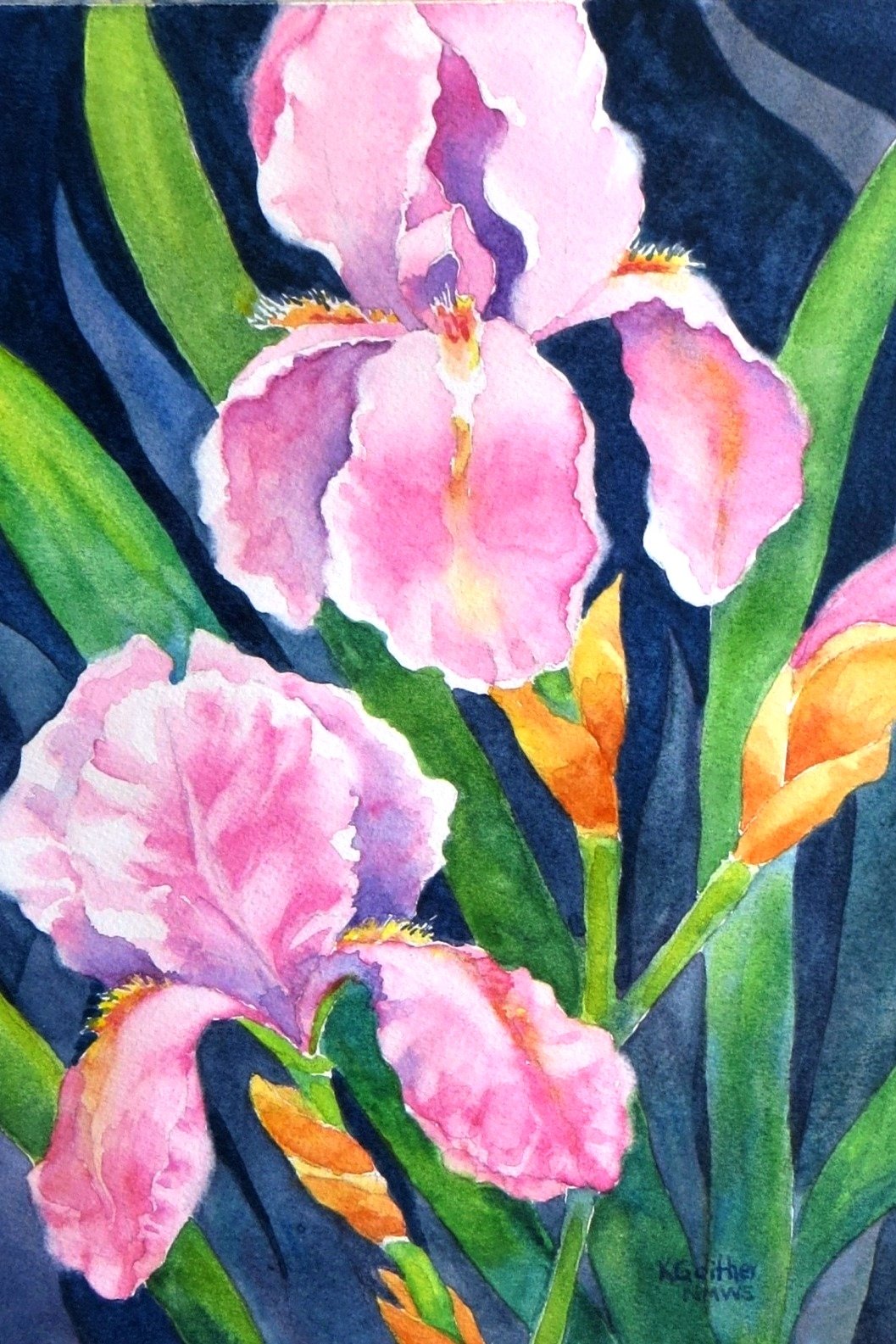Watercolor 101 & Beyond: Beginner with Experience
with Kathy Gaither
Tuesdays, March 19 - April 23, 2024 | 10:00AM-1:00PM
204 S Austin St Rockport, TX
$190 for Members, $225 for Nonmembers.
Class Description
Join this fun class for Beginners and intermediates who want a foundation in watercolor basics and step up to some new ideas, too. Learn to think like an artist with a patient teacher whose goal is for you to enjoy the class.
You'll do easy class paintings with local subject matter for all or try more challenging versions. Illustrated handouts for all sessions summarize the lesson. You get lots of tips and tricks to save time and avoid mistakes.
Gain or improve understanding of color's attributes, successful color mixing and choosing palettes for paintings. Learn how to recognize good subject resource, make picture designs and start-to-finish steps to making a painting. Learn how to correct watercolor (Yes you can!).
Supply List
These supplies are targeted to my lessons. You can use supplies you have, but artist quality paint and paper are necessary and paint color should be very close to that suggested. The list cautions about materials NOT to use because they will hinder your likelihood of success. Shop online at Cheap Joe’s, Jerrys’ Artarama or Dick Blick. Amazon has some things, but an art supply site will have all of them.
Start with a Sketchbook. Spiral bound, hard cover, size 8 ½”X5 ½” works but a larger size is okay. Strathmore “Sketch” or the heavier Strathmore “Visual Journal,” Canson or Master’s Touch (Hobby Lobby) are all okay.
Watercolor Paper, 140# Cold Press, Acid Free
I recommend Arches 100% rag/cotton paper. You can also use Fabriano Artistico or Cheap Joe’s Kilimanjaro. Paper can be loose sheets, blocks or pads. You can economize with less expensive 25% rag paper, like Fabriano Studio Watercolor Pads. Don’t use Strathmore or Canson student grade watercolor paper which doesn’t stand up to rubbing for corrections. You can paint any size you like so get paper that is a suitable size.
Watercolor Paint and Palette
Use Artist or Professional Quality paints, not Student Grade or Hobby/Craft paints. Student grade paints lack rich pigments and don’t mix and flow as well as Artist quality paints. See next page for paint list. The watercolor palette should have a lid and plenty of mixing area. Choose from larger palettes like Blick Covered Palette or Stephen Quiller Color Wheel Palette or smaller folding palettes like Heritage Artist Palette 18 wells or Mijello 18 well palette. Always carry a wet palette flat or you’ll have a mixed-up mess in your paint wells and paint could leak out.
Watercolor Brushes
Buy watercolor brushes, not craft brushes or brushes that say they work for oil, acrylic or watercolor. Synthetic bristle is fine-you don’t need sable brushes. At minimum you can get by with a ¾” or 1” width flat wash-type brush and two round brushes in size 8 or 10 and 2 or 3. For a more complete set, add a ½” width flat and a size 3 or 4 rigger or script brush. You don’t need specialty brushes like fan or dagger styles. If you work larger, get larger brushes. Sets with flats and rounds close in size to those suggested are okay. Economical brands will work well: Princeton (Neptune or Aqua Elite lines have sets), Robert Simmons White Sable or Sapphire, Cheap Joe’s Golden Fleece. More expensive brands include: DaVinci Cosmotop, Jack Richeson, Escoda and Silver Black Velvet.
Miscellaneous Supplies
Water bowl/jar (2) (I reuse plastic microwave dinner bowls); paper towels; small (2-4 oz) misting/spritzing bottle Holbein or other; good masking tape (1/2”-3/4”) or white artist’s tape; small silk sponge (natural sponge, pictured next page); kitchen sponge about 3”X5”, ½”-¾” thick; Mr. Clean Magic Eraser (with no added cleaners); No. 2 wooden pencil and/or mechanical pencil with HB lead; white plastic eraser; a work board about 14”X16” for taping down watercolor paper- ¼” thick light-weight board like foam core or thin Masonite or gator board (1/2”) no covering needed. Cover foam core or Masonite with Contact adhesive paper in faux wood grain or other non-colorful, plain pattern to make the board water repellent and easy to clean. Old toothbrush, a few Nytril gloves to protect your hands, scraping tool like an old credit card, and 2-3 Tbsp table salt. Carry everything in a good-sized tote with a flat bottom so it will stand up sitting on the floor.
Two optional items: Fine point waterproof pen like Micron, Precision Micro-line or Sharpie Felt Tip Pen fine point; Brush holder like Alvin Heritage or other black nylon stand-up style which is best or canvas or bamboo mat rollup style holder or zipper style holder 11” or taller.
My Paint List Daniel Smith (DS) brand: New Gamboge, Lemon Yellow, Cobalt Blue, Ultramarine or French Ultramarine Blue, Carmine, Pyrrol Red, Neutral Tint, Ultramarine Turquoise, Burnt Sienna. Sometimes you want to restore a small white area in a painting, paint whiskers or a highlight in an eye, and it’s helpful to have an opaque watercolor called White Gouache which is optional.
If your budget is limited, you can do the workshop with these Daniel Smith paints: Hansa Yellow Medium, Pyrrol Red, Cobalt Blue, Ultramarine Blue and Burnt Sienna. It limits your color mixes somewhat, but it won’t keep you from painting the workshop lesson. Even more economical: QoR Modern Watercolor Introductory 12 Set (5ml tubes) which has colors close enough to what you need.
I recommend 5ml tubes for beginners, 15 ml tubes if you already know you want to continue in watercolor. Other good paint brands: Winsor Newton, Holbein, American Journey (Cheap Joes’s) and less expensive M Graham. The color names of other manufacturers may not be the same as Daniel Smith names. Look at the pigment code in the online description or on the tube itself to get the same colors as on my list. More experienced painters may know other cool/warm substitutes. Aureolin is a good cool yellow in place of Lemon. You can use Permanent Alizarin Crimson for a cool red.
To fill your palette set your paint tubes in the wells arranged like the color whee (two reds, space, two yellows, space, etcl, leaving spaces in between, etc. empty. Squeeze out a good amount, at least, 1”X1/2” and ¼” deep or more in a well. Let it sit over night with the lid off. Put Burnt Sienna near the yellows and Ultramarine Turquoise in the blue-green area near Cobalt Blue. Neutral Tint can go anywhere, but I put it near the Violet area on the color wheel. Using a Sharpie, label the edge of your palette wells with an abbreviation for your colors. You can remove it with nail polish remover. To activate dried paints in a palette, spritz with water, cover and let sit 5 minutes.
Some painters use cake-type paint (in half pans), as opposed to tube paint. Those who travel or paint outdoors may find these paints and their smaller palette more convenient. Use an old white plate for extra mixing area with this small palette. Use only Artist’s quality half pan paints like Winsor & Newton Professional Customizable Travel Tin Set of 12 (not Cotman) which contains a good match to my colors. It takes a bit more effort to take up a good load of paint from a cake, but they work just fine.





